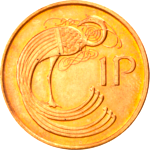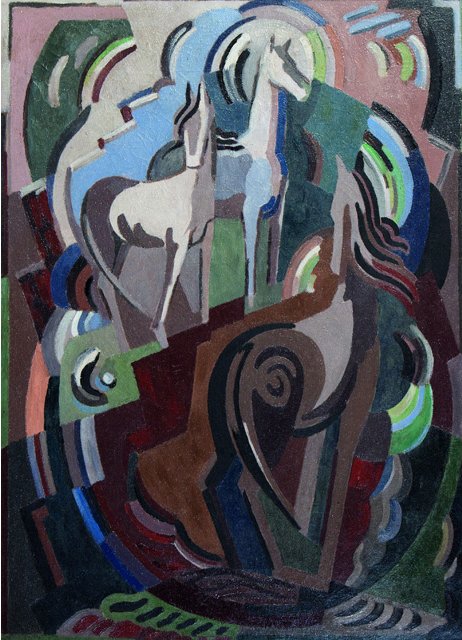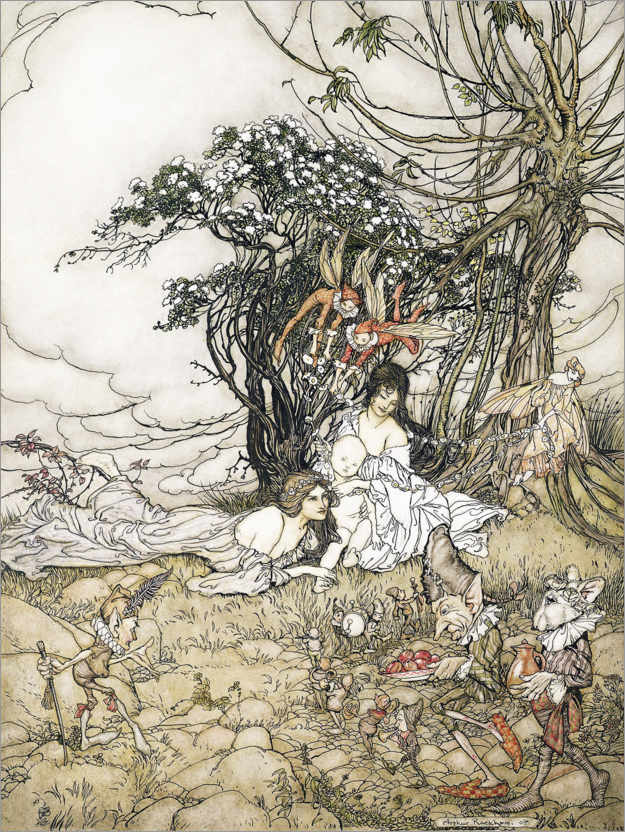by Hilary Kiely
Pennies are contradictory things. We don’t mind losing them or leaving them behind when we get change from a purchase. But we feel lucky when we find one. For something considered small and nearly valueless now, pennies have their own mythology attached to them. The Irish penny in particular is considered lucky.
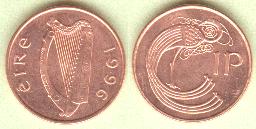
Although votive pennies left as offerings at Holy Wells are a tradition that can be found in many cultures around the world for as long as coins have been struck, and certainly all over Ireland, the Irish have a few specific “luck” traditions attached to pennies.
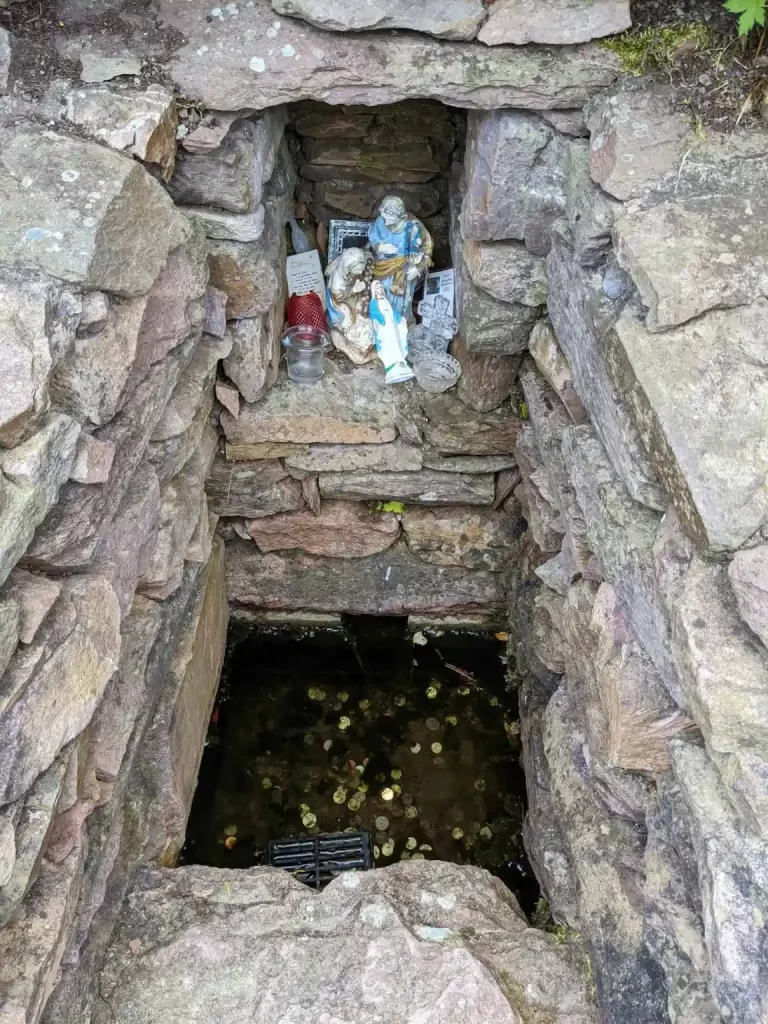
Markets
It was customary that when an animal was sold at market, a “luck penny” is given back to the seller. It was not necessarily a penny, and in some areas the amount was different depending on the type of animal sold. But the luck-penny was sometimes spat on, in Cavan at any rate, to seal the deal, It was believed that the livestock would die if the luck-penny were not given. This also means that the luck-penny is associated only with live sales; that is, a sack of grain or potatoes sold did not require this exchange.
In Monaghan, it was said people were counted very mean if they did not give a good luck penny. If many cattle were sold, the value of the luck penny could be as much as a pound. In Tipperary, it was reported that a horse came with a luck-penny of ten shillings and a head halter.
Of the Cavan fair, it was said:
The buyers used to meet sellers at the “one tree” and at all the crossroads and try to make a deal with them. Cavan fair is held every second Tuesday of the month. The cattle fair is held on the “fair green” and the horse and pig fair is held on the street. When an animal is sold luck money is given and it is called a “luck penny”. When it comes to the last pound or ten shillings they divide it and give the half of it back for a luck penny. They often fall out over the luck penny. (The Schools’ Collection, Volume 0974, Page 047)
There are accounts of the “luck penny” market custom from every county. There is even a jig called “The Luck Penny”, a tune documented at least as far back as 1850.
Listen to a version from Comhaltas Ceoltóirí Eireann here:
A new suit
Livestock were not the only purchase that brought pennies with them. It was customary for tailors to put s penny or a half-penny in each pocket of a new suit. Whether it was to bring luck to the wearer of the suit or for some other purpose, it brought customers to the tailor, as people used not go to a tailor that did not put coins in the pockets.
Milk & Butter
There were also penny-based traditions for ensuring good milk production. The first time a cow calved, three pennies would be placed in the milking bucket before she would be milked, to make the cream rich. The pennies would then be given to one of the children of the house for their future prosperity.
Pennies were also used as part of the cure for “elf-shot” cattle. There are a few cures to be found, many involving elf-stones, holy water, herbs and butter that would be boiled together with a penny and the mixture rubbed on the cow or given to the cow to drink.
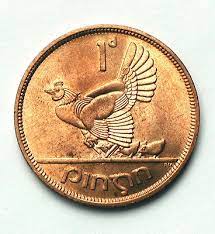
History of design
When the Free State was founded in 1922, it was necessary to mint new coins. It was, ironically, an English artist who won the commission to design the coins. A committee lead by then senator W.B. Yeats chose the designs of Yorkshireman Percy Metcalfe, which featured barnyard animals on one side, and the harp on the other. Notwithstanding an acerbic commentary from Maud Gonne that the series was missing a jackass, the hens, pigs, horse, salmon and wolfhound were popular with the people. When they monetary system switched to the decimal, the half-penny, penny, and two-penny pieces were updated with Book of Kells inspired designs by Irish artist Gabriel Hayes. For more on the history of modern Irish coinage, see “How a horse, pig, and salmon ended up on Irish Free State coins” from RTÉ.
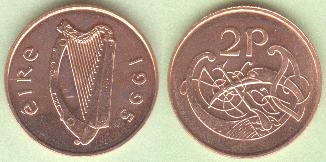
Find a penny
Some people won’t pick up a penny they find if it is not heads up, but did you know that you may hear “heads or harps” or “harps up” here? The harp is an ancient symbol of Ireland and has been used on the coinage since before the founding of the Free State and ever since. Even Euro cent coins minted in Ireland have a harp on them. Archaeologists have found more Irish coinage at the settlement at Historic Jamestowne, in the U.S. State of Virginia than any other coin. These are easily identified as Irish by the harp on the obverse, although, minted as they were in London by commission of Elizabeth I, they were rejected for use by the Irish in Ireland. Whose pockets they went to Jamestowne in, or whether they brought any luck, remains a mystery.
A penny may not buy much on its own in these days but it remains a treasure trove of lore and tradition. May you come across a lucky penny today.
